Mexico, renowned for its diverse ecosystems, is home to a variety of unique species. Among these, the primates of Mexico, specifically the Mexican Spider Monkey and the Mexican Howler Monkey, hold a special place due to their endemic nature. These primates not only play a vital role in the ecosystem but also hold significant cultural and social value in the country.
The Mexican Spider Monkey (Ateles geoffroyi)
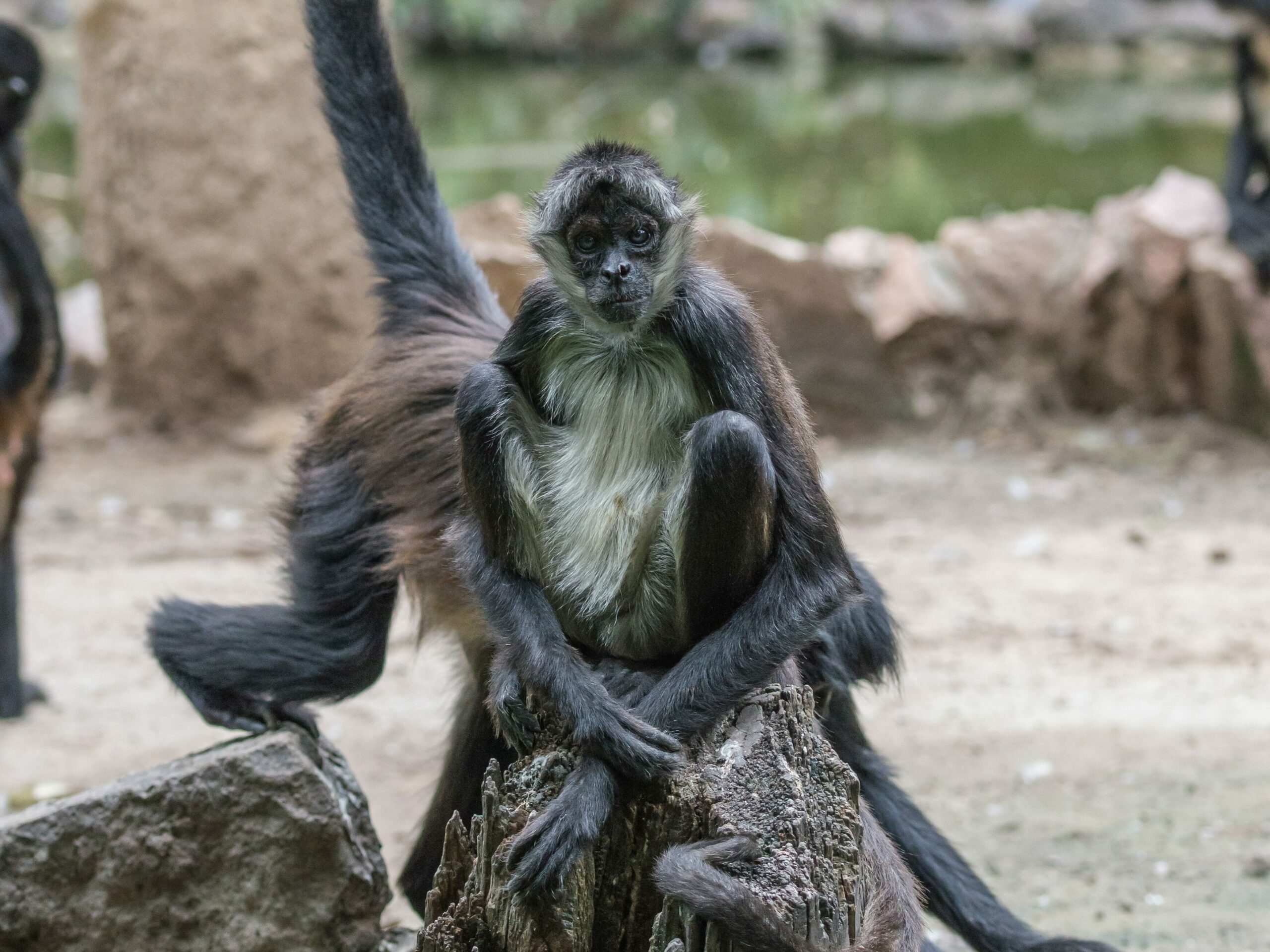
The Mexican spider monkey, also known as the Geoffroy’s spider monkey, is one of the most agile primates. People can find them in different types of forest, like the rainforest, mangrove, and evergreen forest. Their body length is between 30 and 65 cm and they weigh between 6 and 9 kg. Their tail, which is longer than their body, acts as a fifth limb to help them climb and collect fruit and water.
These monkeys exhibit notable social behavior and typically live in large groups consisting of 20-40 individuals. During the day, they split into smaller groups to forage. Their diet consists mainly of fruit, which requires them to memorise and identify many different types of food and locations. This need has led to the evolution of a highly intelligent brain. However, because people are cutting down trees and destroying their homes, these monkeys are now listed as critically endangered.
The Stump-tailed Macaque (Macaca arctoides)
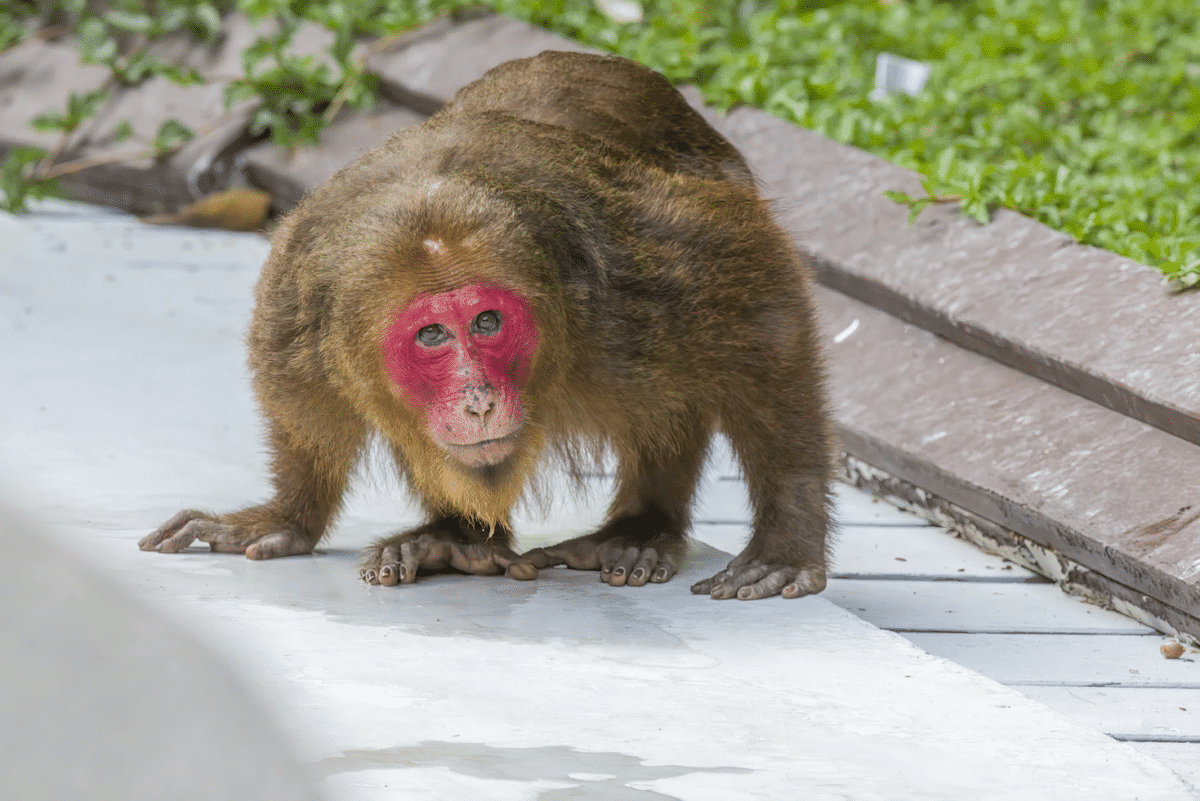
Researchers did not originally find the Stump-tailed Macaque in Mexico. They introduced it to the country in 1974 for study purposes. They released these macaques onto Tanaxpillo Island in the middle of Lake Catemaco in Veracruz, Mexico.These primates have thrived and are now a significant tourist attraction.
The Mexican Howler Monkey (Alouatta palliata)
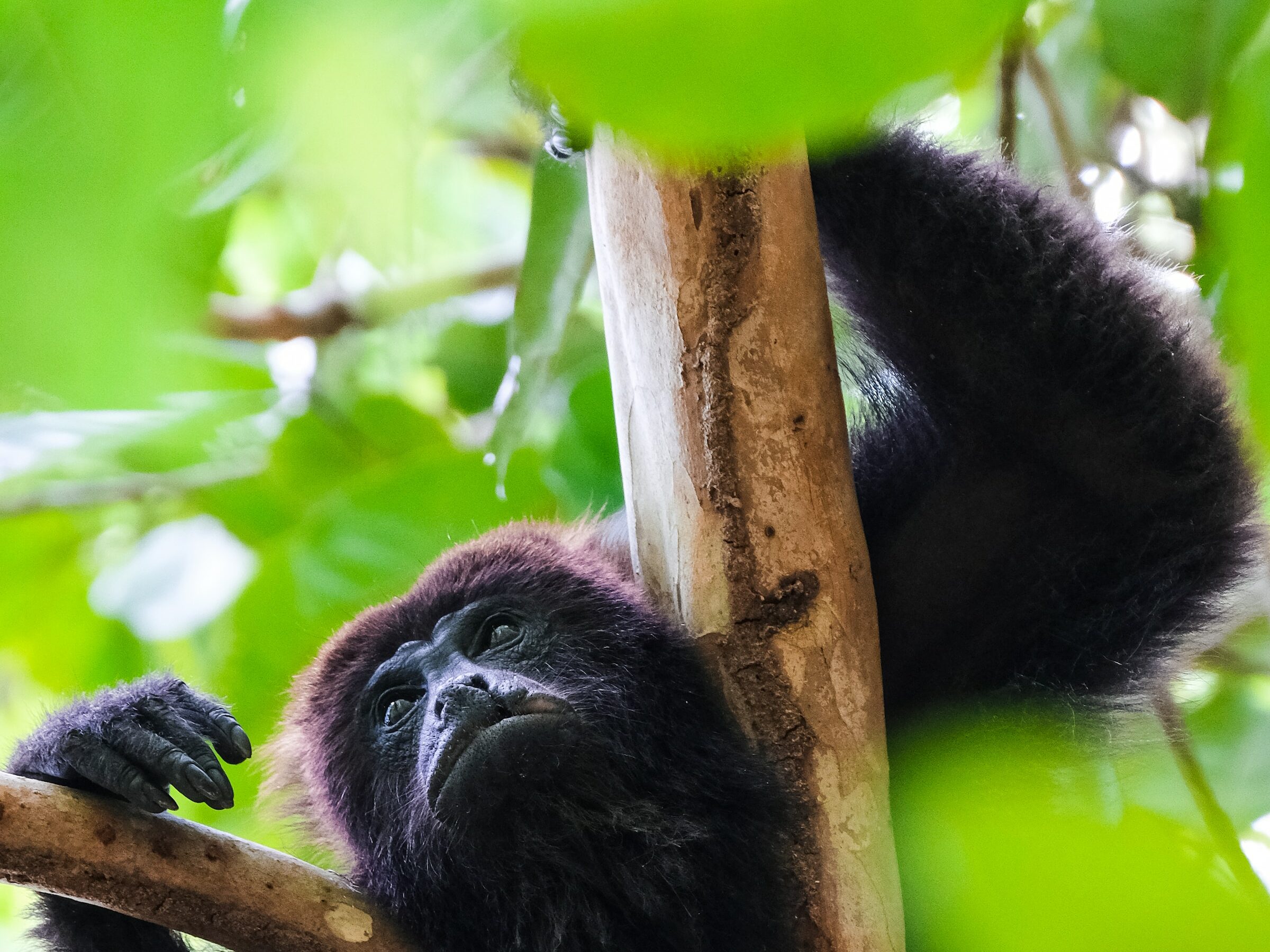
The Mexican howler monkey, predominantly black with a fringe of yellow or golden brown hair, is another primate native to Mexico. Adult females weigh between ~3 and 7.5 kg, while males typically weigh between ~4.5 and 10 kg. They make incredibly loud calls that people can hear from several kilometers away, and this is what makes them famous.
These monkeys spend about 70-80% of the day resting due to their low-energy diet of leaves. Unlike other primates, their low-energy lifestyle makes them less vulnerable to forest fragmentation. They have smaller home ranges and don’t have to travel as far as other species to find food. However, habitat loss and hunting have led to their classification as a vulnerable species.
The Yucatán Black Howler Monkey (Alouatta pigra)
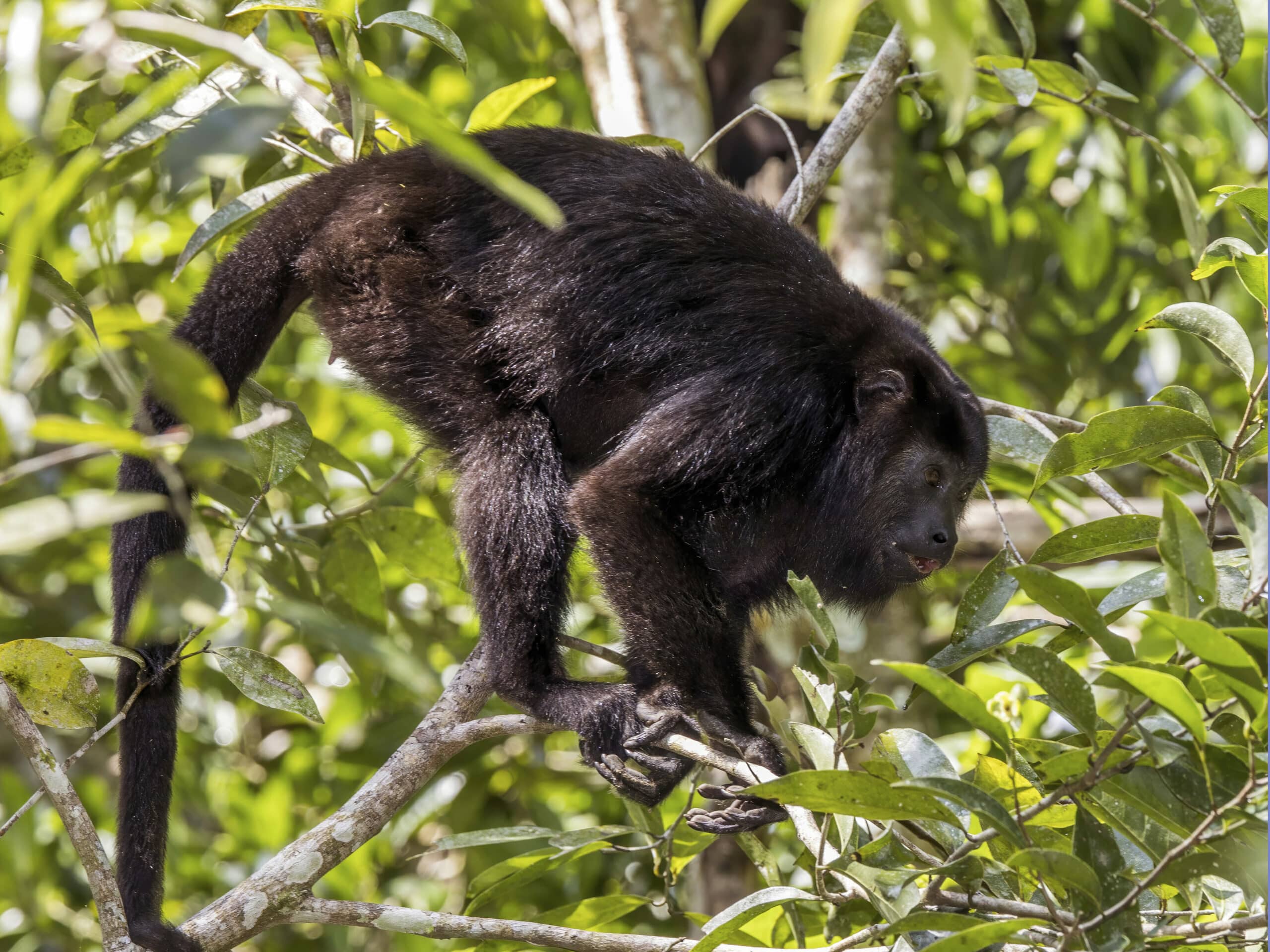
The Yucatán Black Howler Monkey, also known as the Guatemalan Black Howler, is the largest monkey species in Mexico. One can find them in forested areas in and near the Yucatán peninsula. They mainly eat leaves, which explains why they spend most of the day resting. Like the other two species, habitat loss, hunting, and capture for pet trade are endangering them.
The Animal Kingdom of Mexico and the Role of Monkeys
Mexico is a country of rich biodiversity, hosting a wide range of unique species that inhabit its varied landscapes. From the arid expanses of the Sonoran Desert in the north to the lush rainforests of the Lacandon Jungle in Chiapas, the country’s diverse habitats are a testament to its ecological richness. The animal kingdom of Mexico is vast and varied, including mammals, birds, reptiles, amphibians, and a myriad of marine life.
Among this wealth of biodiversity, monkeys hold a special place. As one of the few primate species native to North America, monkeys in Mexico play a crucial role in maintaining the ecological balance. They contribute to seed dispersal, promoting forest regeneration, and maintaining the health of their habitats. Their social behavior and intelligence also make them fascinating subjects of study, contributing to our understanding of primate behavior and cognition.
Summary: Monkeys of Mexico
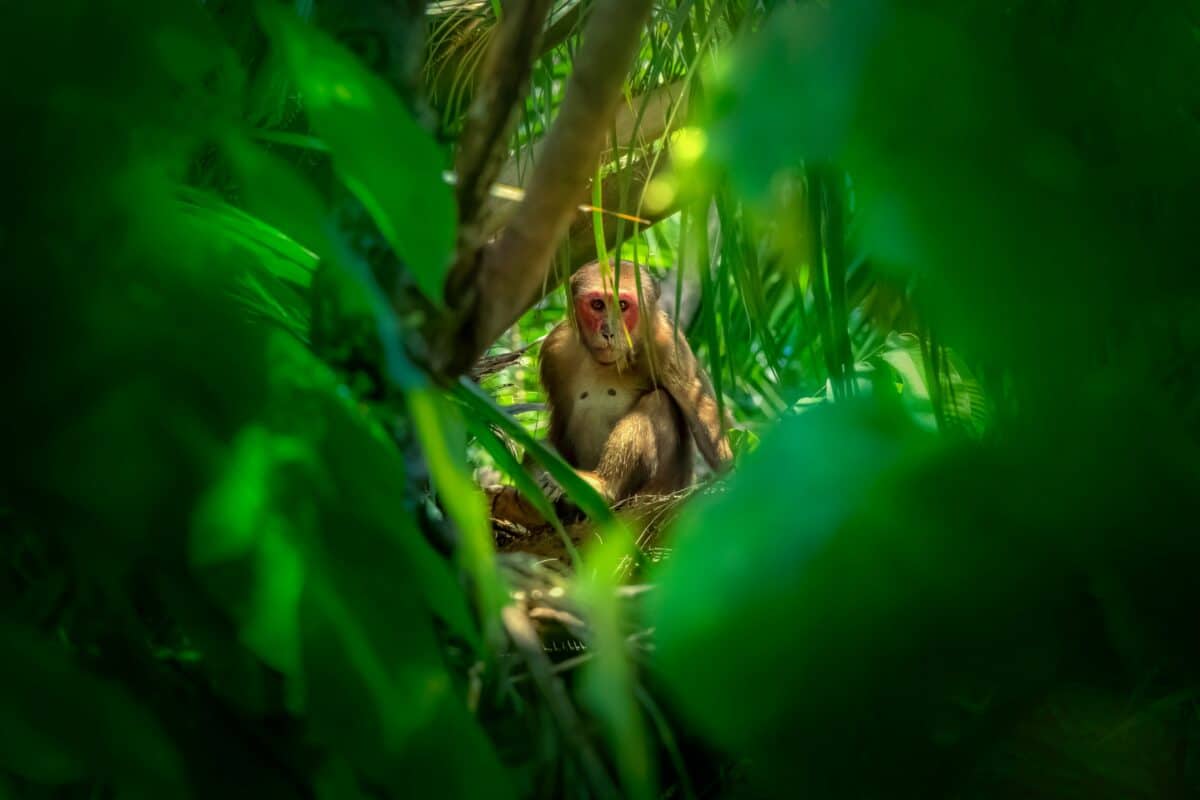
| Species | Description | Habitat | Size | Diet | Conservation Status |
|---|---|---|---|---|---|
| Mexican Spider Monkey | Known for their agility and social behavior. They have a tail longer than their body which acts as a fifth limb. | Rainforests, mangroves, and evergreen forests. | Body length: 30-65 cm, Weight: 6-9 kg | Primarily fruit | Critically endangered |
| Mexican Howler Monkey | Known for their loud calls. They have a low-energy lifestyle due to their leaf-based diet. | Various habitats across Mexico | Females: 3-7.5 kg, Males: 4.5-10 kg | Leaves | Vulnerable |
| Yucatán Black Howler Monkey | The largest monkey species in Mexico. They spend most of the day resting due to their leaf-based diet. | Forested areas in and near the Yucatán peninsula. | Similar to the Mexican Howler Monkey | Leaves | Endangered |
| Stump-tailed Macaque | Introduced to Mexico in 1974 for study purposes. They have thrived and are now a significant tourist attraction. | Tanaxpillo Island in the middle of Lake Catemaco in Veracruz, Mexico. | Similar to other macaque species | Omnivorous | Not endangered in Mexico |
These monkeys, each unique in its own way, contribute significantly to Mexico’s biodiversity. They play a crucial role in their ecosystems and are fascinating subjects of study. However, they are threatened by habitat loss and hunting, highlighting the need for conservation efforts.
Wildlife Encounters for Tourists and Travelers in Mexico

Mexico’s diverse wildlife offers a unique experience for tourists and travelers. The country’s national parks and reserves are home to a variety of animals, from the majestic jaguars and playful sea turtles to the vibrant flamingos and elusive ocelots. However, the chance of encountering a monkey in the wild is a unique experience that Mexico offers.
In the lush rainforests of states like Veracruz, Oaxaca and Chiapas, travelers can witness the Mexican Spider Monkey and the Mexican Howler Monkey in their natural habitats. Their acrobatic movements and loud vocalizations provide a captivating spectacle. The Yucatán Black Howler Monkey, found in forested areas in and near the Yucatán peninsula, is another primate that travelers can encounter.
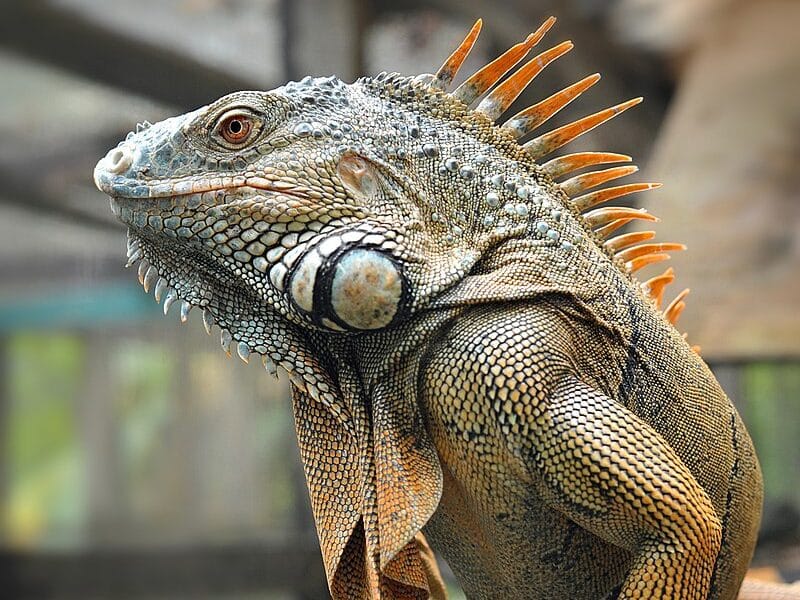
For those interested in primates, a visit to Tanaxpillo Island in the middle of Lake Catemaco in Veracruz is a must. Here, tourists can see the Stump-tailed Macaque, a species introduced to Mexico for study purposes. These primates have thrived and are now a significant tourist attraction.
However, it’s important for tourists to remember that while these encounters can be exciting, they should always respect the animals’ space and the rules of the reserves and parks to ensure the safety and well-being of the wildlife.
Some other Animals in Mexico

Despite the monkeys of Mexico, there are many other animals that can be found in Mexico. The following list includes some of the animals commonly found in Mexico:
- Iguanas: Iguanas are a common sight in Mexico, particularly the Green Iguana and the Spiny-tailed Iguana.
- Opossums: These marsupials live in different habitats across Mexico. They can play dead to protect themselves, which is what they are famous for.
- Manatees: These fully aquatic herbivorous mammals are found in the coastal waters and rivers.
- Armadillos: Known for their armored shells, armadillos are common in various parts of Mexico.
- Sloths: These slow-moving mammals are found in the rainforests of Mexico.
- Anteaters: Anteaters, known for their long snouts and tongues, are common in the forests and grasslands of Mexico.
- Porcupines: These rodents, known for their coat of sharp spines, are found in various habitats across Mexico.
- Agoutis: These are large rodents. They play a crucial role in seed dispersal.
- Pacas: Pacas are large rodents that are common in the rainforests of Mexico.
- Beavers: Beavers, who are famous for building dams, live in the rivers and streams of Mexico.
- Gophers and Prairie Dogs: These burrowing rodents are common in the grasslands of Mexico.
- Tapirs: These large herbivorous mammals are found in the rainforests of Mexico.
- Bats: A wide variety of bat species live in different habitats across Mexico.
- Whales and Dolphins: People often see these marine mammals off the coast of Mexico, especially during their migration season.
- Flamingos: Flamingos are a part of Mexico’s rich wildlife. People find the American Flamingo (Phoenicopterus ruber) in Mexico more often than other species. These birds have a special pink color that comes from eating shrimp and other small crustaceans.
Conclusion: Monkeys of Mexico
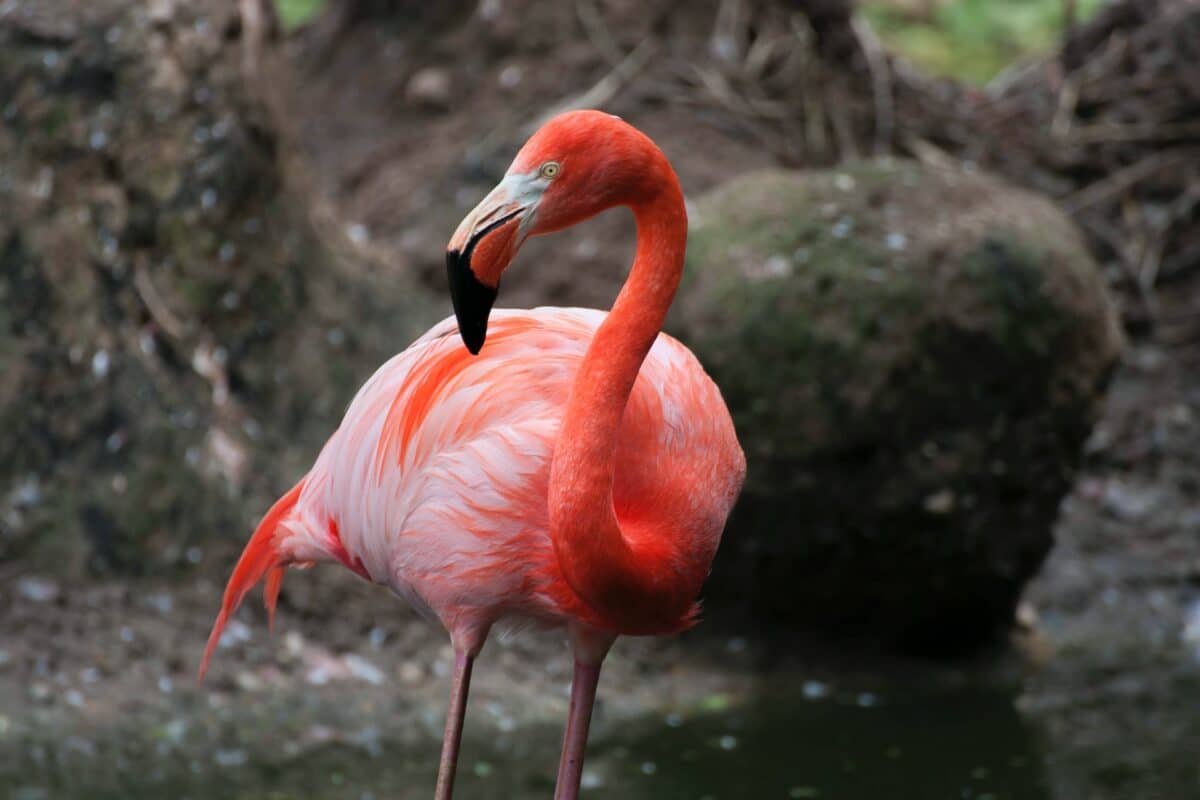
Mexico’s monkeys play a crucial role in the ecosystem, helping to spread seeds and promote forest regeneration. Human activities, especially cutting down trees for farming and city growth, are increasingly threatening their habitats.
Conservation efforts are underway to protect these unique primates and their habitats, but the challenges are significant. Understanding these unique creatures can help us appreciate the richness of Mexico’s biodiversity and the importance of conserving it.
Article: “Monkeys of Mexico”! Looking for more articles about the Mexico? Visit our section about Mexico!

Matthias Binder is a skilled author and digital storyteller with a focus on travel journalism, environmental issues, and modern home design. With a background in communications and a passion for global cultures, Matthias crafts engaging narratives that blend real-world exploration with thoughtful analysis and visual flair.
His writing reflects a deep interest in how climate change shapes our lives and lifestyles—from sustainable travel practices to eco-friendly living environments. Known for his clear, approachable voice and sharp editorial instincts, Matthias delivers content that resonates with readers seeking both inspiration and substance.
Whether reporting from remote destinations, breaking down sustainable design trends, or spotlighting innovative green initiatives, Matthias brings a global perspective and an eye for detail to every piece. He regularly contributes to web platforms and editorial projects that aim to foster awareness, creativity, and conscious living.
For any feedback message me at [email protected]

